The context.
In my third year of university, I took a class upon the topic of Middle English romances. We’re taking chivalry, we’re talking Vikings and Bretons, we’re talking lords and ladies and castles and whatnot. We’re talking spoofs, exoticism, and legendary revisionism. The longest piece we read was Sir Gawain and the Green Knight by an anonymous poet, called “the Gawain poet” in this context.
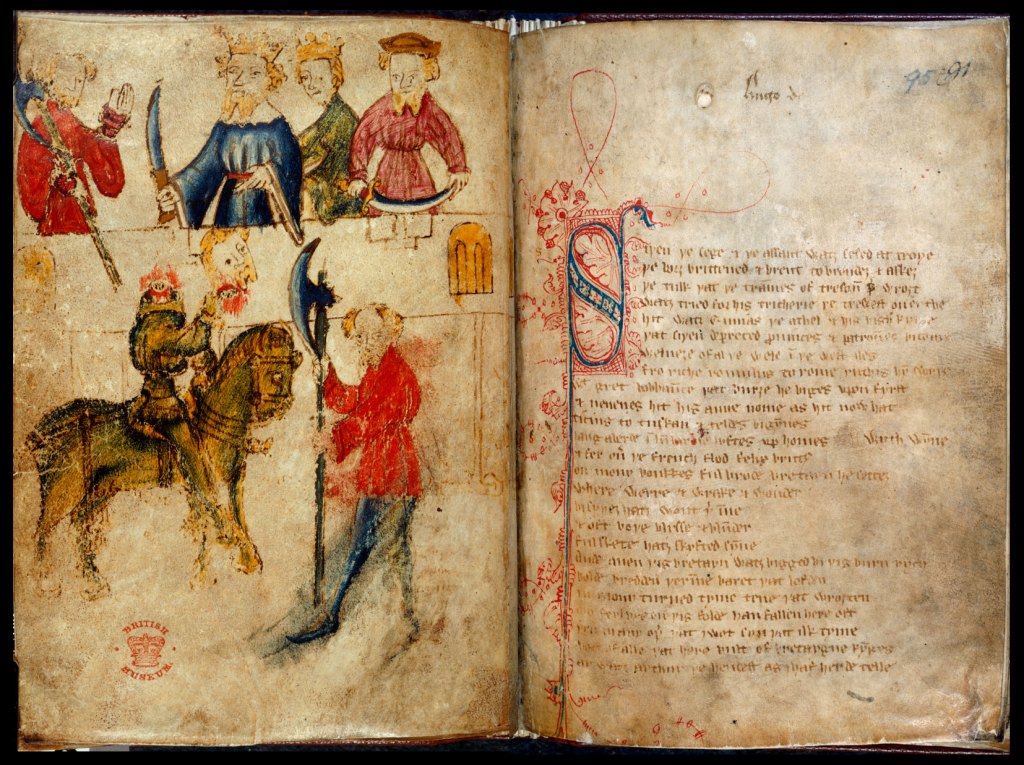
I really liked it. I liked it so much, in fact that I was considering writing my term paper on the character of Sir Gawain and how differently he is portrayed in the above named poem (from a British tradition) to how he is portrayed in Le Morte d’Arthur (which Malory based on the French tradition). Unfortunately, I ran out of time and chose an essay option that would take less research and comparison. But I still was really interested in the concept and seriously intended to write the paper on my own time because I thought it would be fun.
Yes, I thought writing a paper on my own time would be fun. You read that right. You may deduce from that what you will about the pedantry of the rest of this post and decide to continue or click away accordingly. However, it establishes the fact that I am personally invested in the best English knight of King Arthur’s round table. Flash forward to my last year of university and I was given another opportunity to satisfy my need to analyze Gawain’s character in a class on Chaucer and his contemporaries; I wrote my term paper on Sir Gawain and the Green Knight and its symbology.
Imagine my curiosity, anticipation, surprise, and ultimate horrible, horrible bitter disappointment in the new filmic adaptation of this tale: The Green Knight.
I had high hopes for this adaptation–from the trailer it looked like it leant into the more mythical, magical elements, which I don’t think is necessarily a bad idea. The atmosphere and choices for filming locations looked incredible. And while Eoin Macken wasn’t cast as Gawain, I had room in my heart for a more serious interpretation of his character, befitting the story of the Green Knight. And Dev Patel delivers. I have no quarrel with his performance, except as it was affected by the writing and directing.
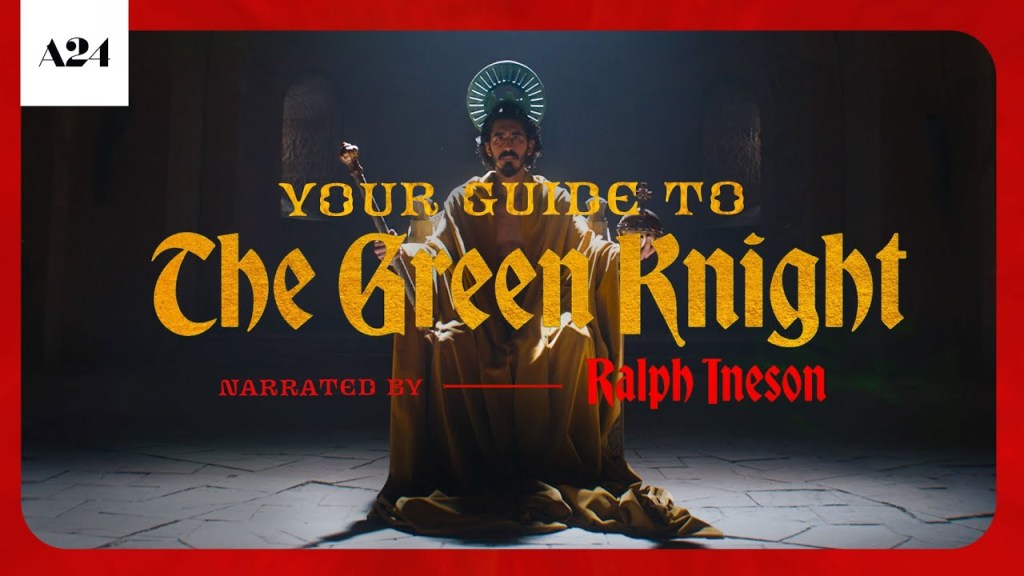
When I saw a short promotional video come up on Instagram giving a bare bones summary of the verse narrative while touching on some of its significance and symbology (unintentional alliteration: channeling the Gawain poet), I saw the slight narrative changes they were making but I also thought to myself, “Good marketing move” and “The people making this know what they’re doing.” It inspired my confidence and I felt like I would be quite interested in whatever direction the filmmakers went.
Boy, was I wrong. Well, not on the first count, because it was a good marketing move in the sense that it made me more excited to go see the film. But on the second count… well.
The conceptualisation.
The beginning was, in my opinion, not bad. It set the tone for the movie generally as a slower, medieval period piece, sort of established Gawain’s character, and, while the opening narration was a bit useless, it didn’t put the movie on an irredeemable track to disaster. No, that came later.
I will also not quibble with the choice of the filmmakers to make Gawain an untried, layabout princeling, or to have magic prevalent in the setup to the story. I will, however, take issue with how they then developed (or rather failed to develop) those choices.
In Sir Gawain and the Green Knight (SGGK), Gawain is already an established knight of the Round Table with a reputation for chivalry and feats of strength. He is, for all intents and purposes, second only to King Arthur (remember we are dealing with the English tradition, therefore the French knight Lancelot is relegated to a footnote in the ranks, as he should be). What’s more, Gawain is Arthur’s close relative and potential heir, being his sister’s eldest son. He has station, experience, and an important position. This all gives him something to lose in the contest with the Green Knight–he represents not only himself, but Camelot’s royal lineage. In the film The Green Knight, Gawain has to earn his spurs, so to speak, starting as what’s presumably meant to be a relatable underdog/reluctant hero type who is thrust into the quest unprepared and outmatched. It is at this point that I question whether titling the film simply The Green Knight is also meant to do double duty as a description of Gawain, who is undeniably the greenest sapling of a knightly specimen in this film. Because, while he steps up to accept the challenge of the Green Knight, he has no experience, no motivation, and has only just been recognised by his uncle the king for presumably the first time that very day.
And here’s why it doesn’t work the way it’s set up: Gawain has already mentioned in the scenes prior that he is in no hurry to become a knight. He’s as indifferent to becoming a part of Arthur’s circle as Arthur has been to him all his life.
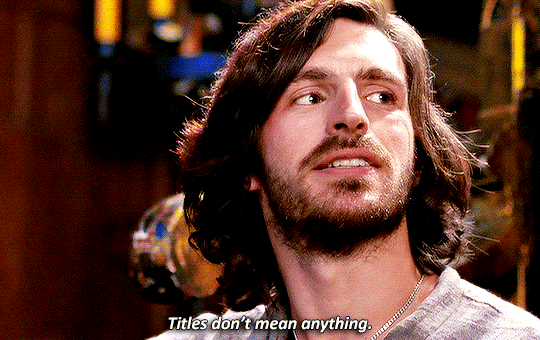
Are we to believe that Gawain, admittedly young and naive, is so enraptured with his uncle’s sudden attention, that he volunteers immediately to fight for him without the slightest prior training, or even a sword of his own? Where did the confidence come from? He’s been established as a lazy, pleasure-seeking princeling who doesn’t care to be a knight. Not to sound like Filmento, but what is his motivation for suddenly doing something that might earn him knighthood? One short conversation with his nearing-senility uncle who never gave him the time of day before? The way the film sets up Gawain’s character initially makes it hard to reconcile the actions that spur the plot. If they instead established that Gawain was constantly trying to get his uncle’s attention, trained hard with a sword, and was on the lookout for any actions that could gain him knighthhood, we wouldn’t question him meeting the Green Knight’s challenge. Then, Gawain’s being untried and unknighted would simply factor in as more motivation for him to do well in the Green Knight situation, his first real test. Instead, we get “it was magic”.
Granted, at the end of SGGK, magical plotting on the part of Gawain’s aunt, Morgan le Fay, is revealed to be the cause of the Green Knight’s appearance and challenge. It is a bit out of the blue the way it’s written, and scholars have argued long and hard about Morgan’s motivation and the significance of her involvement to the meaning of the quest overall. So the film could potentially show more consistency and intrigue throughout its plot by showing the witches and their enacting of the magic behind the Green Knight right near the beginning. But instead the magic continues to be a bit of a red herring throughout the film, showing it was also Gawain’s mother speaking through Arthur when he notices Gawain, and it is she who directly sends the Green Knight to challenge the court. (In this film, Morgan le Fay is Gawain’s mother for some reason–economy of characters, I guess.) It is an unfortunate effect of the complete lack of identifiable motivation on Gawain’s part, that it becomes questionable whether Gawain even acted of his own volition in accepting the Green Knight’s challenge, or if it was his mother’s spell magically compelling him. Personal agency for your main character? Boring. And what is the goal of the spell? Well, if you thought Gawain’s motivation was hard to nail down in the film, his mother’s is the consistency of jello, without even the dubious explanation that was provided in the poem.
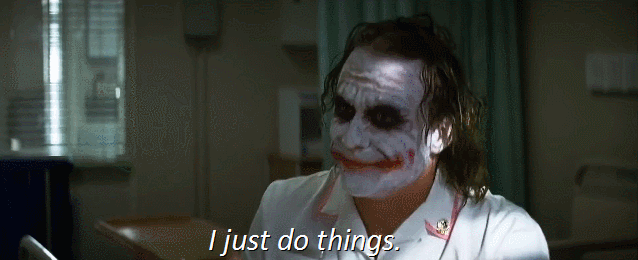
It can be assumed that she is contriving a plot to give her son a task that will gain him knighthood, and perhaps secure his ascent to the throne when Arthur passes. To be fair, such motivation does seem to be at play when it seems for a while that that ambition for Gawain is realised. But then why set Gawain an impossible task? Why send him on a suicide mission?
Well, you may say, she did ensure that he would come out of it unscathed because she made the green girdle with the protection talisman sewn in. But I would say, the green girdle did nothing for him, unable even to protect him from petty thieves in the forest (although you may argue about the identity of those thieves, and whether they were simply what they seemed). And when another (or the same) green girdle appeared (or reappeared) later in the hands of someone else, it was given over to Gawain in an uncomfortable exchange that was played as an explicit test of his honour. The green girdle is not a positive factor in the constructed Green Knight scenario. So if Gawain’s mother constructed the scenario in order for Gawain to succeed, wouldn’t she have given him something that was a help, not a hinderance? The logical inconsistencies are multiplied by the enlargement of some symbolism beyond all possible meaning, and the dismissal of others.
For instance, we get this recurring green girdle that is both a supposedly benign magical talisman and a malignant temptation to cheat, causing failure of the test. But where is the Christian symbology, the chivalric virtues that come counter to the ignoble magic? We get one scene in which a priest blesses Gawain’s shield which has an icon of the Madonna and child on it, and one quick mention of “five knightly virtues”. What those five virtues might be is never actually stated, and the shield has little to no significance to Gawain, who is established already as an impious character. Then, the shield is significantly broken in Gawain’s first encounter and never referenced again in any capacity. So much for a clear dichotomy of what the hero needs to avoid and what to strive for. It’s just frustrating to watch so much significant symbology and meaning get completely washed away in favour of melodrama and flashy cinematography.

One choice the film made in reference to symbology that I think worked better than anything else was the addition of an episode where Gawain meets St. Winifred, a Welsh saint who was decapitated by a prince who sought to take her virtue and then was subsequently brought back to life by the prayers of her pious uncle, St. Beuno, who was a clergyman. There is mention in SGGK of Gawain travelling through “Holy Hede” or Holy Head, sometimes speculated to be Holywell, which is where St. Winifred’s legend originates, and it is reminiscent of the Green Knight being violently decapitated, and then appearing whole again later in the tale. Some of this significance comes through in the film scene, where Gawain literally makes the connection between Winifred’s headless state and the fate he anticipates at the Green Chapel. And while the scene is not strictly attendant to the St. Winifred legend and is meant to be disconcerting and supernatural, it does fit with the narrative better than any other individual episode in Gawain’s journey. St. Winifred, as a restless ghost in search of her head, tells Gawain the story of how a lord came and decapitated her, then asks, as though not quite clear on the memory, if it was Gawain who did it. That may seem random, but it may have been an intentional nod to a significant black mark on Gawain’s record as a chivalric knight: his unintentional decapitation of an innocent lady early in his career. So, if this dishonorable slaying of a lady had been established in the scenes prior as part of Gawain’s past that he is attempting to redeem by going to meet his end nobly by the same method, this whole exchange with St. Winifred could have had so many times the impact that it did. Still, as is, it was by far the most coherent and enjoyable scene of the movie.
Other scenes, not so much. Initially, when it seemed Gawain’s encounters on his journey were going to be a little more fleshed out than they were in the poem, I was prepared to appreciate it. The first encounter Gawain has, with what appears to be a corpse robber on a battleground after a large engagement, is realistically entertaining, as well as expanding the world slightly. But when the robber reappears as a woodland bandit with a gang of two other youths who jump Gawain, it just kind of sunk the whole thing. If it was meant to degrade Gawain in the viewer’s eyes, it did, but for seemingly no reason. The youth rides off with the axe of the Green Knight (which Gawain had with him), claiming he will finish Gawain’s quest and his two robber companions run after him in confusion and alarm at his abandonment. I’m with you, fellas, I don’t know what’s going on either.
At first, I thought, okay, this is the route they’re going–they’re minimizing all of Gawain’s supernatural encounters on his journey in order to bring it down to a realistic level for him not being an experienced knight. But then the CGI alien giants and spirit guide fox came in, so no, that’s not it. Later, in order to tie in the St. Winifred sequence, the axe reappears magically and Winifred tells Gawain that the Green Knight is someone he knows. So, are we meant to believe that the Green Knight appeared as this bandit child? Or is Winifred’s statement precognitive, in that Gawain will meet the person who is also the Green Knight, the hunting lord? Well, we’ll never know because this movie does a terrible job of stringing together a coherent set of indicators. The lord, self-identified as Bertilak in the poem, is never established to be the Green Knight in this movie. Also, the bandit kid randomly reappears in the foreground of a shot after Gawain has met the Green Knight (supposedly). So what is it?

And if that wasn’t enough. You know how I said there was a logic-defying disregard for some critical symbology in favour of obscure references and speculation? It may not have been exactly those words, but it was along those lines. Well, there is an interesting choice made early on to have a fox appear at certain moments. This was, as far as I thought at the beginning, all to the good–because a fox is a significant symbol in the latter part of SGGK for Gawain as he evades his pursuer, the lady Bertilak, only to be finally ensnared. It also doubles as a symbol for Lord Bertilak, who outmatches Gawain in cunning, and ultimately kills the fox and takes its tail as a trophy. But then, the fox turns into a cute animal familiar after the manner of Disney animal sidekicks, capping it all off by speaking in the end to warn Gawain away from the Green Chapel. It boggles the mind what they were trying to accomplish–is he good, as it seems, or is he enchanted, like everyone else in this story? What is going on? And why, by all that’s holy, heads and wells inclusive, is he the pack leader of a group of E.T. giants? Overall, I was not impressed with what the fox say.
Now, Bertilak, lord of the castle. And Lady Bertilak. Neither of which are named in the film (to be fair, the lady is not named in SGGK either, she is dubbed “Lady Bertilak” by scholars after her lord, Bertilak). Their whole sequence bothered me. First, the lady is played by the same actress who played Gawain’s girlfriend earlier (and later) in the film, Alicia Vikander, immediately creating an association between the two characters. Nothing against Alicia Vikander, in fact, I rather liked her character as the girlfriend. But just… why? This isn’t Cloud Atlas. Second, Bertilak and the Green Knight are never stated to be the same person, and are played by two different actors. Bertilak is played by Joel Edgerton, who coincidentally played Gawain in the 2004 film King Arthur, and the Green Knight is played by Ralph Ineson. Also, why? Why mash two separate characters together, and then divide one character into its two personas? For a tale that has themes surrounding identity, they certainly confused those enough. Third, the idea for the Christmas exchange does not get suggested or at least agreed upon seriously until the second night Gawain is at the castle, after the first hunt of the stag. Fine, but then you have to do the next two nights right. But no, they mash what was two hunts–that of the boar and then the fox–into one, thereby mashing what was two exchanges into one.
Why does it matter? Because, as a medeival morality poem filled with religious symbology, three is a significant number. Gawain is subjected to three tests while three animals are hunted, as Jesus was tempted three times in the wilderness, as he was three days in the tomb, as Peter denied Jesus three times… need I go on? It’s a critical element conveying significance–it tells the reader to sit up and take notice, what’s going down matters. There is a tripartite structure to the overall poem, as well as tripartite divisions within each section. Three is an indisputably important number, so the muddying of one of its most important appearances irked me. Not surprising, since they made a point of cutting or discarding most of the explicit religious meaning to the poem. Yet they see fit to throw into the dialogue what amounts to an abstract for a critical essay on the meaning of the colour green as embodied in the Green Knight–is it life and nature, or is it rot and death? Perhaps both, perhaps neither. All well and good for an analysis, but not as a dull evening conversation in an already slow movie.
And the final confrontation with the Green Knight. It was at this point, I became so enraged that I was ready to get up and walk out of the movie theatre. I have never been so offended by any adaptation of anything ever in my life. It was appalling. If I was confusticated and bebothered by what had come before, I was now well and truly done with the film in its entirety. I am usually able to give a generous amount of leeway to adaptations and films based on books or other stories. Legends are particularly forgiving to interpretation and reimagining.
But this.
This was a travesty.
It was rank Gawain defamation.
I no longer consider the exclusion of Sir Gawain from the title as implicit Gawain-erasure–I’m just glad his name isn’t attached to it further.
And I don’t care that it was revealed to have been a vision, or imagining, or premonition in the last two minutes of the movie (spoiler). It lasted for so long as to be effectively the majority of the movie’s conclusion–there is no wiping that out with a “sike, it never really happened.”

And what followed provided nothing to replace it, so all in all, it was a fail at some higher concept.
The conclusion.
I’m as tired of talking about this movie as you probably are reading about it. I went to see it with a friend of mine one Saturday, as what was supposed to be part of her birthday celebration, and I ended up feeling so bad that this was what she had subjected herself to on what was supposed to be a fun afternoon at the movies. We sat there half the time tooking at each other going, “what?!” And then afterwards we went for coffee along with another friend who was with us and tore the thing apart. At least we got a lively conversation out of the deal. I haven’t been so enraged by a piece of media in a long time–it was exhilarating to feel again.
It was like it was trying to be an Ingmar Bergman film, but failed. I’d rather go watch The Seventh Seal and be pleasantly, but meaningfully, befuddled by its symbology and philosophy than subject my poor heart once again to this aggravatingly-paced fever-dream. In the end, I just wanted to get out my edition of Sir Gawain and the Green Knight and slap whoever was responsible for this mess with it. To take the layered symmetry and the tight interweaving of story and style of Sir Gawain and the Green Knight, and turn it into this loose, flailing windbag of The Green Knight, strung together by the odd artsy film technique, actually requires some kind of talent. I can only stand in awe at the nimbleness of mind that took an action figure session in the backyard and turned it into this piece of legendary garbage.
Christmas game:
Who is the best Gawain poll:
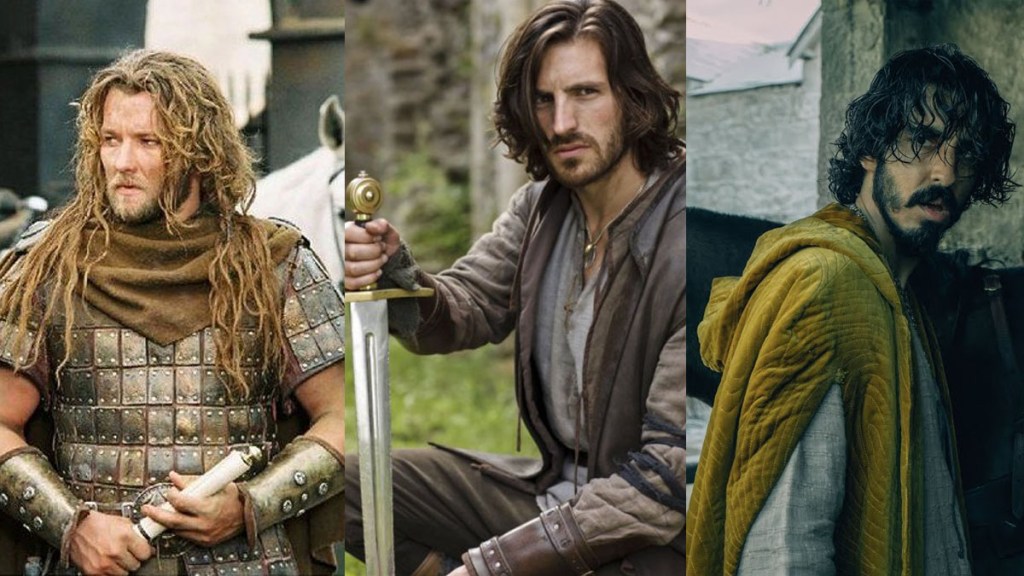
Cast your votes below, or nominate your own Gawain for consideration.
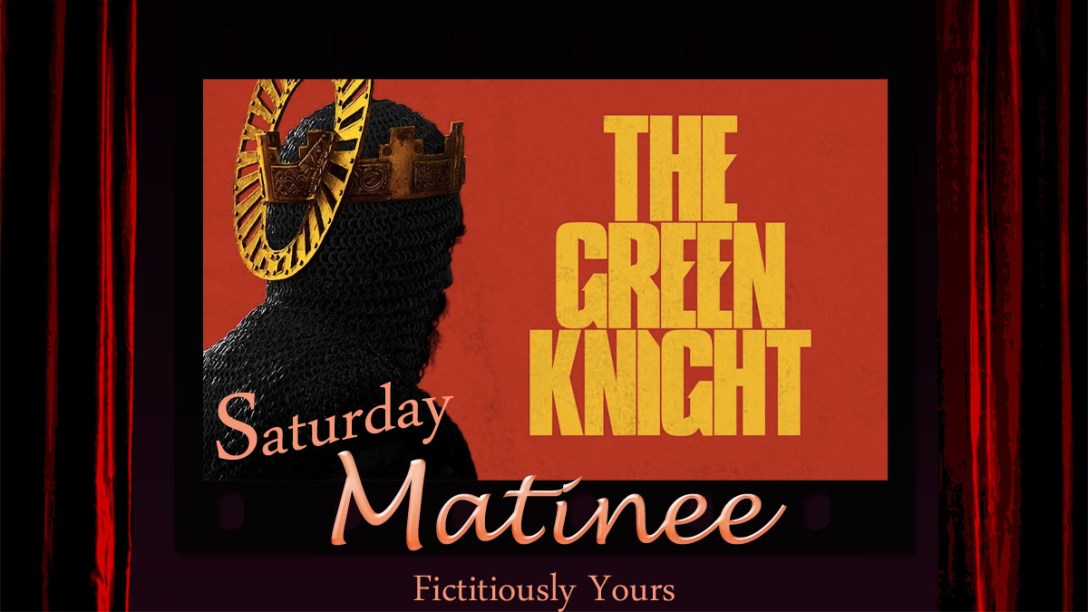
It’s so nice to read something of yours again! Thanks for the review. In this particular case, it may well have saved me the misfortune of subjecting myself to the same odious experience. Although I have not read the actual account of Sir Gawain and the Green Knight, I do have a working knowledge of how the story unfolds thanks in no small part to you. From what information you shared of this sacrilegious monstrosity I dare say even I would have been less than pleased. As for a vote I suppose I would have to vote for the fellow I’ve actually seen in the role. I assure you it has nothing whatsoever to do with his name.
LikeLiked by 1 person
That’s all I can hope to accomplish with this—saving someone the aggravation of watching it! (Although it also gave me no small satisfaction to express my disgruntlement in written form.) To be honest, I’d forgotten that that Joel was in King Arthur as Gawain until someone else pointed it out. So, personally, I’d have to vote in favour of a more memorable Gawain in the form of Merlin’s “Gwaine”. 🙂
LikeLike
[…] day to begin a spiritual journey because the religious symbolism matters–yes, I’m still on that tack), starting my quest for 50,000 words rather late and giving myself until Christmas to find the […]
LikeLike
[…] feel like I have talked about this at length, but really I mostly complained about the recent film adaptation, so I haven’t even gotten to say my say about the poem. I don’t pretend my longstanding bias in […]
LikeLike